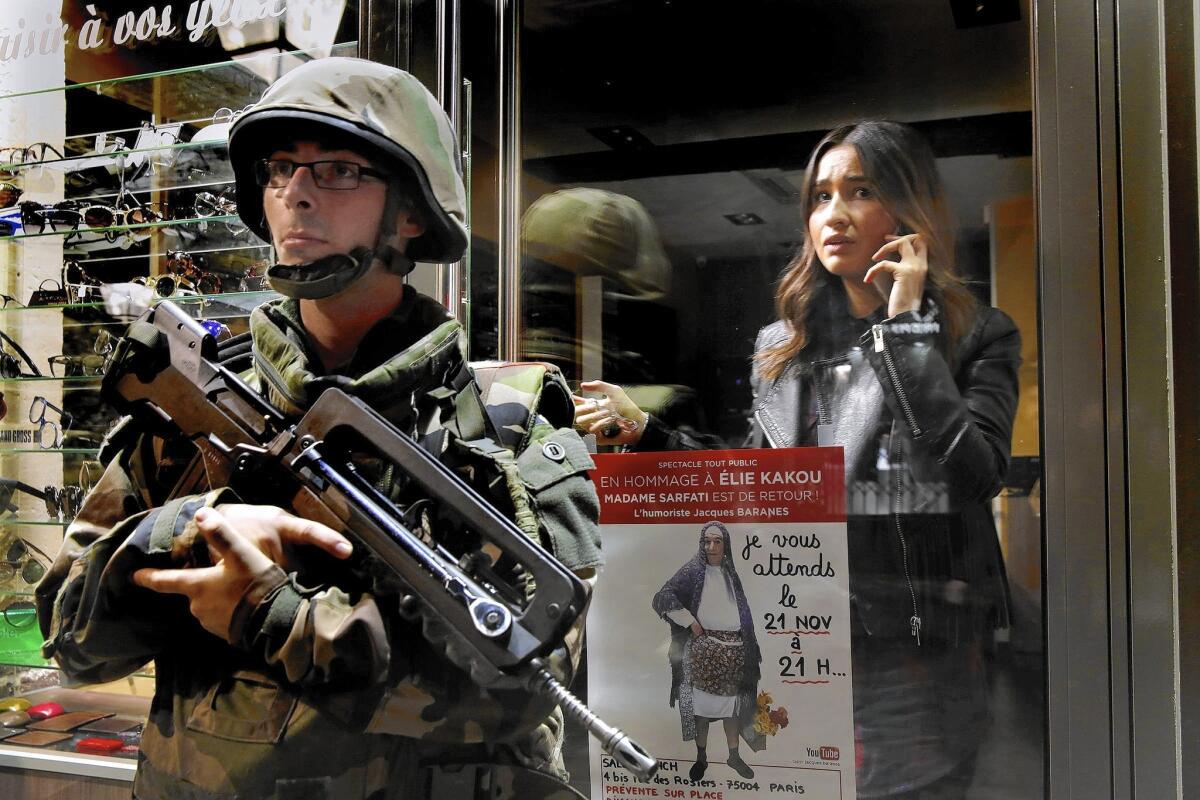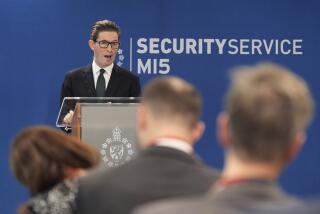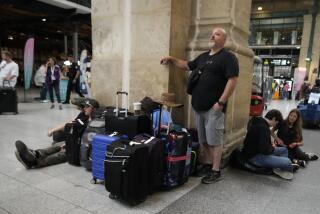Islamic State shows the ability to shift to more sophisticated tactics

Islamic State militants may be under bombardment by a dozen world powers bent on wiping them out, but they have managed to expand their repertoire of terrorist tactics to carry out ever more sophisticated attacks that disrupt Western society.
The band of extremists has succeeded in escalating the pace and scope of deadly attacks with nimble improvisation and the ultimate commitment of its perpetrators: readiness to die for their cause.
In less than a month the extremists professing to be defending their “caliphate” in Syria and Iraq have blown a Russian passenger jet out of the sky with 224 people on board, executed two foreign hostages and terrorized Paris with coordinated strikes at the “soft targets” of a sports stadium, a theater and a pair of lively cafes.
On Friday, militants linked to a fellow Al Qaeda offshoot killed at least 20 people at a luxury hotel in Mali’s capital, Bamako.
Aimed at jacking up the death toll and prolonging their time in the media spotlight, Islamic State and its affiliated militias have perfected their operations with practice and put their perceived enemies on notice that there is much more savagery to come.
French Prime Minister Manuel Valls warned in a speech before the National Assembly on Thursday that France and the West face a new kind of war in which “terror is the first goal and the first weapon.”
“The ways of striking, of killing, are constantly evolving. The macabre imagination of those giving the orders is without limits: assault rifles, decapitations, human bombs, knives, or all of them at once, carried out by individuals, or in this case, specially organized commandos,” Valls said.
Since the cleaving of Islamic State from its Al Qaeda parent two years ago, the militants have shifted from a focus on battling rival Muslim factions in Iraq and Syria to waging multi-pronged attacks that compound their terrorism. The Paris attacks were their first European mission to adopt the methodology of deploying multiple strike forces that combine suicide bombings with random shootings, a hybrid tested in Mumbai, India, in 2008, when 166 were killed in a dozen separate attacks that paralyzed the city for four days.
The “complex operations,” as they are called in counter-terrorism parlance, have the advantages, from the perpetrators’ perspective, of dispersing law enforcement’s response and portraying the militants as an omnipotent force, aiding them in recruiting other extremists.
“There’s quite a large pool of people attracted to their vision of Islam and who find their extreme violence and successes appealing,” said Jeffrey Bale, a professor of terrorism studies at the Middlebury Institute of International Studies at Monterey. “With every successful attack it is likely that more alienated Muslims will be attracted to their cause.”
The militants’ propaganda machines use video of their atrocities and reports of repression of Muslims in Europe, Southeast Asia and Russia’s Caucasus regions to recruit new fighters and fan the flames of hatred for the West. And with the reinforcements have come cash and assault weapons, bankrolling further investment in the adaptive war against rival religions and cultures.
“It’s not possible to protect every potentially vulnerable target 24/7. With such a determined enemy, and so many soft targets in modern Western countries, it’s not possible for the security forces to protect all of them, even if one lived in a police state,” Bale said. “We have to accept the fact that as long as we have a ruthless enemy determined to attack us, there are periodically going to be successful attacks.”
Islamic State, like Al Qaeda before it, is reported to be pursuing chemical weapons. U.S. intelligence sources told The Times that they have long been concerned that Islamic State is trying to acquire weapons of mass destruction to further escalate the human toll of its attacks.
“ISIL’s interest in horrific ways to inflict harm is completely consistent with ISIL’s record of complete disregard for human rights and international norms and values,” said one U.S. official, using an acronym for Islamic State and speaking on condition of anonymity to discuss internal assessments on the threat.
Kurdish peshmerga fighters who this month retook Sinjar and other central Iraq territory from Islamic State found elaborate tunnel networks dug beneath the city and underground bunkers and laboratories that tell of a far-sighted campaign to widen the war against infidels.
That the attacks occur with increasing frequency in the post-Sept. 11 atmosphere of heightened security awareness is testimony to the limited power of vigilance. Security measures have intensified after each deadly strike, but the precautions tend to be modeled on the need to prevent the type of attacks waged in the past while the militants are modifying their targets and tactics for the future.
“The Paris attacks will have a sweeping impact on European security measures and freedom of movement, but the threat of terrorism will persist and likely worsen in the short term,” warn the intelligence analysts of PGI, a privately owned British security consultancy. “The high casualty rates came despite an improved response by French security forces, who had since January trained extensively for the type of Mumbai-style scenario that ultimately unfolded.”
Security forces in Europe and the Americas have adjusted their own tactics after each act of terrorism: Airport defenses have been tightened since the Sept. 11, 2001, suicide attacks; police patrols and surveillance at train stations have been beefed up since the 2004 bombings in Madrid; and buses and subways are under closer watch since the 2005 attacks on the London Underground and a packed double-decker bus.
But the terrorists have also switched strategies, shifting targets and waging coordinated multi-venue attacks that confuse law enforcement and defuse its response.
Although religious extremism has sown terrorism throughout human history, “in 2015, the threat has never been so stark, the groups so wealthy, the technology so sophisticated, or the battlefield so global, even as the front lines are so amorphous,” said Robin Wright, a Middle East expert with the Woodrow Wilson International Center for Scholars.
She sees the latest evolution of terrorism as an outgrowth of Islamic State’s declared caliphate and the governing and defense structures created to expand and protect it.
“Underground cells have now grown into powerful militias, even well-equipped armies,” Wright wrote Friday in a postmortem on the Paris attacks. “They have claimed political space and created institutions in their ideological image. They have developed economic engines to sustain themselves. And, as in Paris, they are taking their carnivorous campaigns across oceans. They even have the pretense of becoming global powers.”
Terrorists have long been highly effective in waging surprise attacks anywhere in the world they choose but have lately redirected their focus from war zones to European targets, said Seth Jones, director of Rand Corp.’s International Security and Defense Policy Center
“What we’ve seen in 2015 is more of a sophisticated, external operational capability being developed,” he said of the two attacks in Paris this year: the January storming of a satirical magazine’s office that coincided with the seizure of hostages at a kosher grocery store, and the Nov. 13 strikes.
“They’ve now added complex attacks to their suite of terror operations overseas,” Jones said. “That has required a bit of time to build up personnel in Europe, to train people and to preposition some of the weapons and equipment. They had to get to know people on the black market who could get them weapons. But they have a pipeline now.”
Times staff writers Brian Bennett and Richard A. Serrano in Washington and Alexandra Zavis in Los Angeles contributed to this report.
More to Read
Sign up for Essential California
The most important California stories and recommendations in your inbox every morning.
You may occasionally receive promotional content from the Los Angeles Times.











